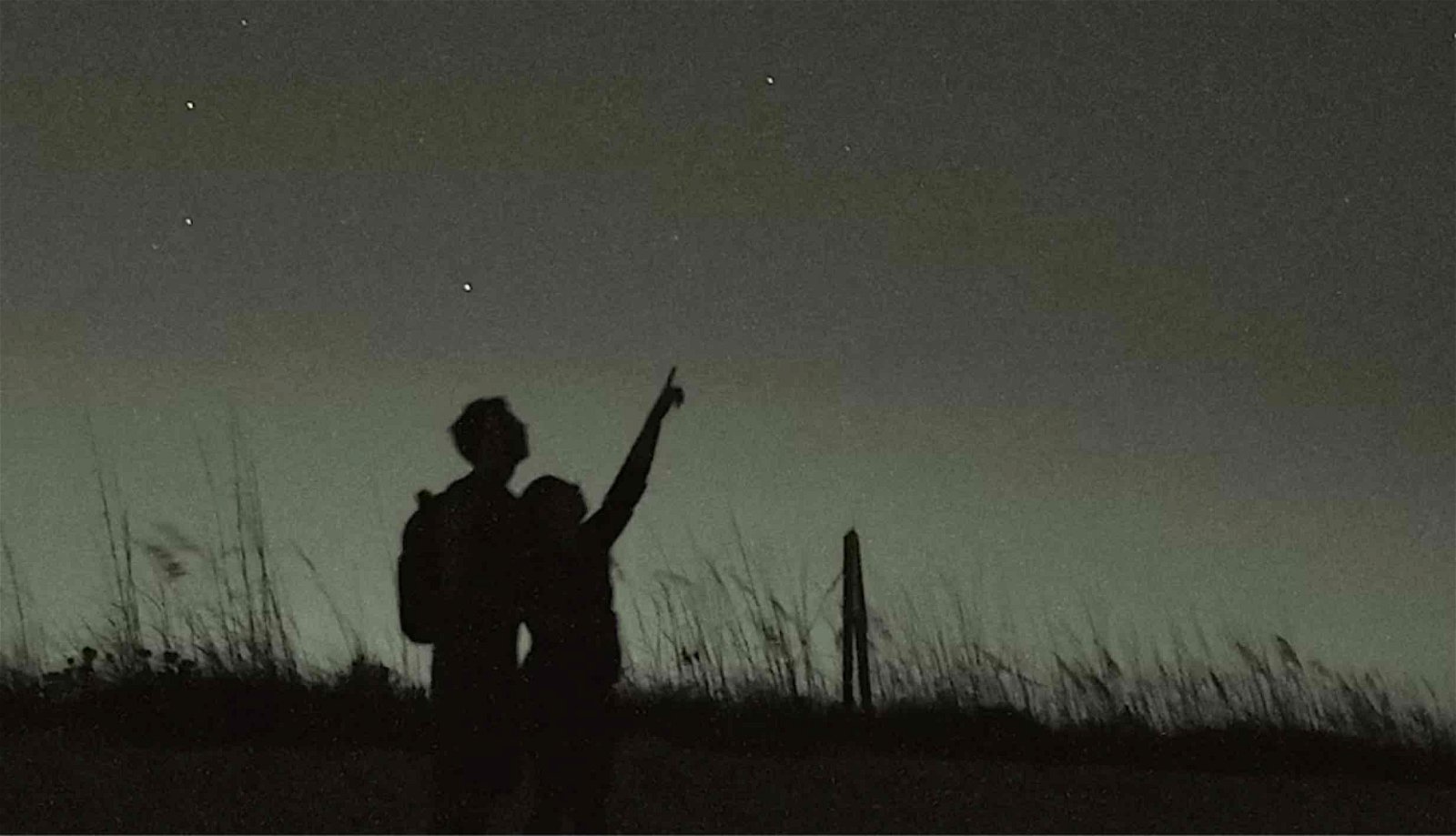According to findings in a recent study, UFO witnesses may not be prone to misperceptions or related cognitive factors but instead may possess specific personality traits that increase their likelihood of encountering such phenomena.
Clinical Psychologist Dr. Daniel Stubbings from Cardiff Metropolitan University and his team found there are numerous factors that contribute to an individual thinking they witnessed what the U.S. Department of Defense now calls unidentified anomalous phenomena (UAP).
Their study, published in the Journal of Scientific Exploration, examines the big five personality traits: extraversion, neuroticism, openness, agreeableness, and conscientiousness, along with schizotypy traits (behaviors that resemble schizophrenia), to help determine if UAP experiencers could be distinguished from those who had not reported seeing a UAP.
The Big Five Personality Traits: What Are They?
In the 1970s, two research teams—one led by Paul Costa and Robert R. McCrae of the National Institutes of Health and the other by Warren Norman and Lewis Goldberg of the University of Michigan at Ann Arbor and the University of Oregon—found that most human character traits can be explained by five dimensions. Surveys of thousands of individuals uncovered these mostly distinct traits:
Neuroticism: Emotional stability; individuals with high scores are characterized by anxiety, inhibition, moodiness, and lower self-assurance.
Extroversion: Encompasses cheerfulness, initiative, and communicativeness.
Openness: Fond of innovation and displays of creativity.
Agreeableness: Dictates how they interact with others. Other traits include being friendly, empathetic, and warm.
Conscientiousness: Gauges a person’s level of organization. Individuals with high scores are motivated, disciplined, and trustworthy.
The Findings
Dr. Stubbings’ experiment involved 206 participants, including 103 who said they had witnessed or self-reported seeing a UAP. The team analyzed personality traits to see how participants naturally grouped together.
The study consisted of three groups. Group one had average traits, whereas the second group, designated the Neurotic/Schizotypy group, was high on neuroticism and schizotypy traits. The last controlled group, labelled O-ACE, was found to have high openness, agreeableness, conscientiousness, and extraversion but low neuroticism and schizotypy traits.
“These were the groups that ‘emerged’ out of the data analysis,” Dr. Stubbings told The Debrief. “The latent profile analysis demonstrated these three patterns of personality profiles. Prior research looked at correlation and regression (predictive patterns) but not a latent (underlying) profile.”
“This was a new finding,” Stubbings told The Debrief.
The study concluded that the third group, O-ACE, was more likely to see UAPs. Over the years, stigma and stereotypes have helped create narratives that people who see UAPs are more than likely emotionally reactive; in other words, they may display neurotic behavior and are prone to perceptual and cognitive abnormalities.
However, the recent data does not appear to support this narrative. Instead, Dr. Stubbings and his coauthors state in their paper that the “descriptive UAP accounts by the general public were similar to the descriptions provided by military witnesses.”
Stubbings, when asked why people with high conscientiousness see UFOs, said it is difficult to answer such a question based on the current data in-hand.
“Our data indicates that there is a small statistical relationship, but further research should explore why that relationship exists,” Stubings told The Debrief. “But my guess is that people who are high in conscientiousness might be more willing to admit to themselves that they have seen something and believe it is the right thing to do to admit it.”
However, Stubbings notes that conscientiousness alone is probably not everything in this equation, but instead, combinations of other variables—specifically low scores in Neuroticism and higher scores in Openness, also contribute.
“We need further research to explore the nuances of these personality factors in the emergence of both belief and experience.”
Dr. Stubbings also noted that “only 28 percent of participants reported their sightings anywhere, and 14 percent used a UFO reporting organization, which suggests that events are vastly underreported.” His paper also suggested that stigma and a lack of proper reporting avenues were the main obstacles impacting their willingness to report their sightings.
Dr. Stubbings initiated his research by referencing an older academic paper on UAPs published in the Applied Cognitive Psychology Journal in 2011, which found that certain personality factors were predictors of an individual’s belief in UFOs.
“This is relevant to the UFO topic more broadly because what people perceive and recall tends to be in line with their beliefs,” Stubbings told The Debrief. “If beliefs can be predicted by personality factors, then it supports the notion that it is a particular kind of person who is more prone to belief in UAPs, and in turn, they end up seeing and recalling what they believe to be true.”
“In other words, people see UAP not because they are there but because of the conviction of their beliefs, which are influenced by their personality dispositions.
“So the idea was born to change the dependent variable of ‘belief’ to ‘have you had a sighting.’ Those who believe in UFOs/UAP might not have the same characteristics [as] those that report to have seen what they believe to be a UAP.”
Fundamentally, Stubbings says that in addition to understanding the kinds of personality traits and psychological drivers that may contribute to a person’s likelihood of observing and reporting UAP, scientists need to be engaging in dialogue about the assessment, diagnosis, formulation, and treatment of mental health distress in individuals who claim to have observed UAP or even had direct contact with purported NHI.
“This topic is one of the most fascinating areas,” Stubbings told The Debrief, “and I believe other scientists from around the world need to help address this mystery.”
Stubbings and his colleagues Sophie Ali and Alexander Wong’s new paper, “Who Sees UFOs? The Relationship Between Unidentified Anomalous Phenomena Sightings And Personality Factors,” appeared in the Spring 2024 issue of the Journal of Scientific Exploration.
Chrissy Newton is a PR professional and founder of VOCAB Communications. She hosts the Rebelliously Curious podcast, which can be found on The Debrief’s YouTube Channel. Follow her on X: @ChrissyNewton and at chrissynewton.com.

